The build quality of the ACIS 7.1 is very impressive, as we’d expect from a camera designed for professional use. It’s a chunky, solid little unit that is stylishly machined, has no rough edges or flimsy fittings and appears to be very well made.
We combined the camera with our 1.25-inch filter wheel and mounted it on our 6-inch imaging refractor, a Sky-Watcher Esprit 150ED.
The ACIS 7.1 can be controlled using Atik’s own imaging software, either Artemis Capture or Dusk, and we had a quick session with these programs while getting to grips with the camera, but eventually settled on the software we are most familiar with, controlling it via the latest ASCOM drivers.
This camera is on our list of the best cameras for astrophotography.
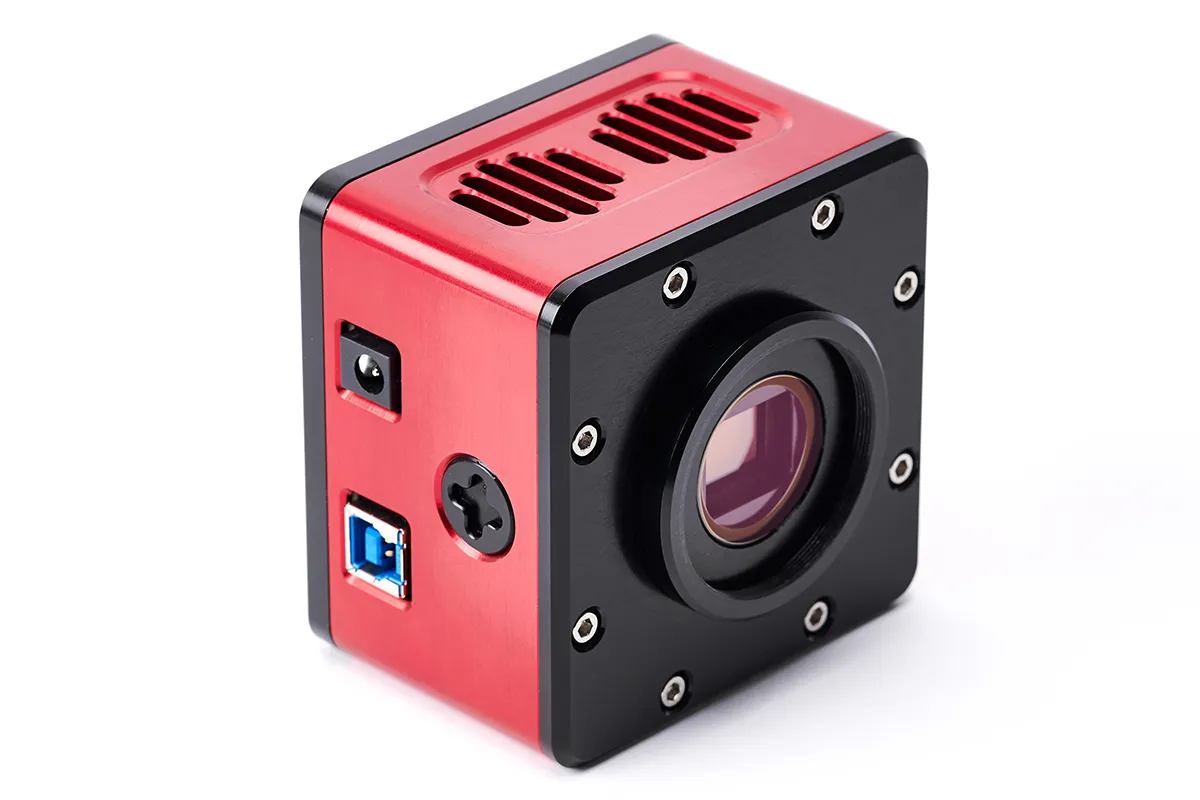
Our first clear night was graced by one of the highest Moons of the year, which gave us a chance to see how fast the camera could perform on planetary targets.
After letting the regulated cooling system settle for a few minutes to a useful –15°C we slewed the telescope to favourably positioned Mars, and later to the Moon.
The ACIS 7.1 has three power settings and we selected ‘Fast Mode’ for planetary imaging, which lets the camera take advantage of the onboard DDR memory for streaming images.
With a USB 3.0 connection and using the Dusk application on our laptop, we managed to achieve 15 frames per second in full-frame mode, jumping massively to 175fps with a 640 pixels x 480 pixels region of interest setting.
Cameras that bridge the gap between having speed for planetary imaging and quality for deep-sky object work offer the user a single solution to most astronomical targets; the Atik ACIS 7.1 ticks both boxes and represents a good option as an all-round camera.
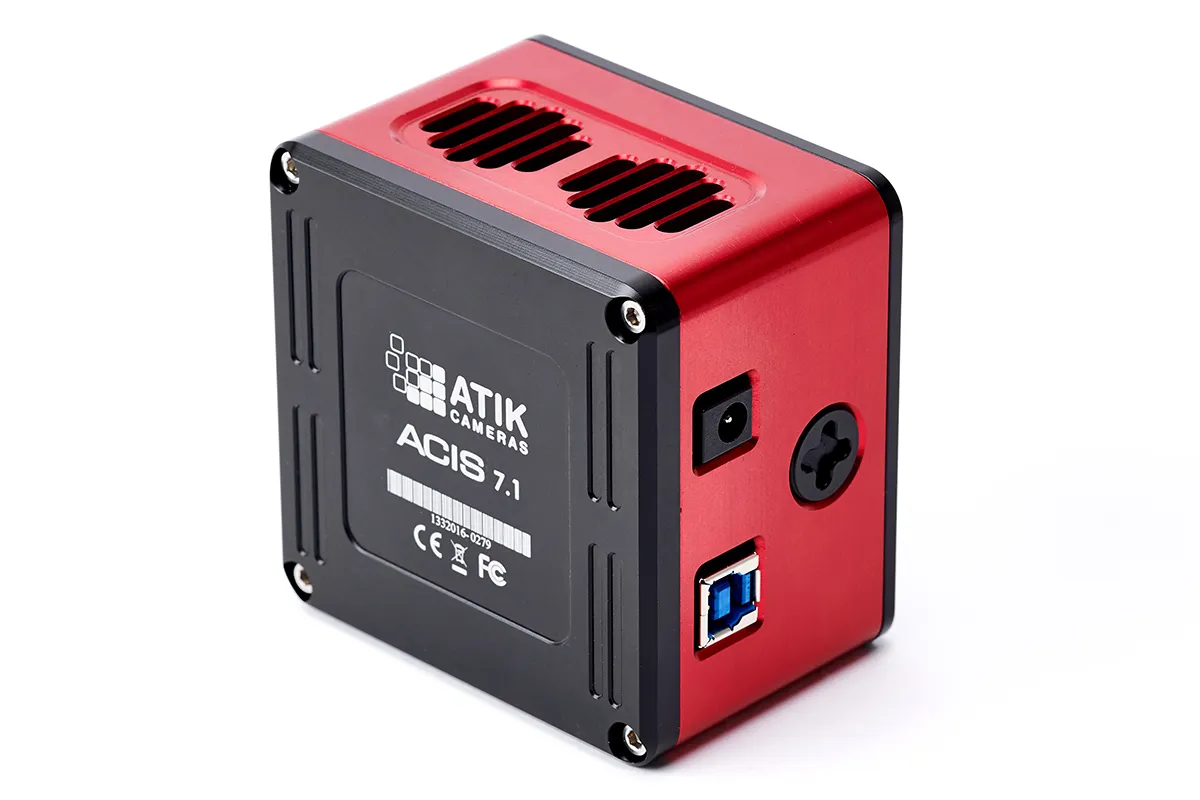
There is often some confusion around CMOS cameras as to what gain and offset settings should be applied.
While offering advanced users the option to configure these as desired, we liked the Atik 7.1’s straightforward standard gain options of ‘Low’, ‘Medium’ and ‘High’ that make the camera suitable for beginners too.
We opted to use the ‘Low’ setting for the majority of our targets as this provides the most detail overall, while switching to ‘Medium’ or ‘High’ for taking narrowband exposures that need a bit of help with fainter objects.
Choosing the Andromeda Galaxy, M31, as an initial deep-sky object target gave us the chance to see how the camera performed on an object with both very bright and very faint regions. We took a series of five-minute exposures for each filter.
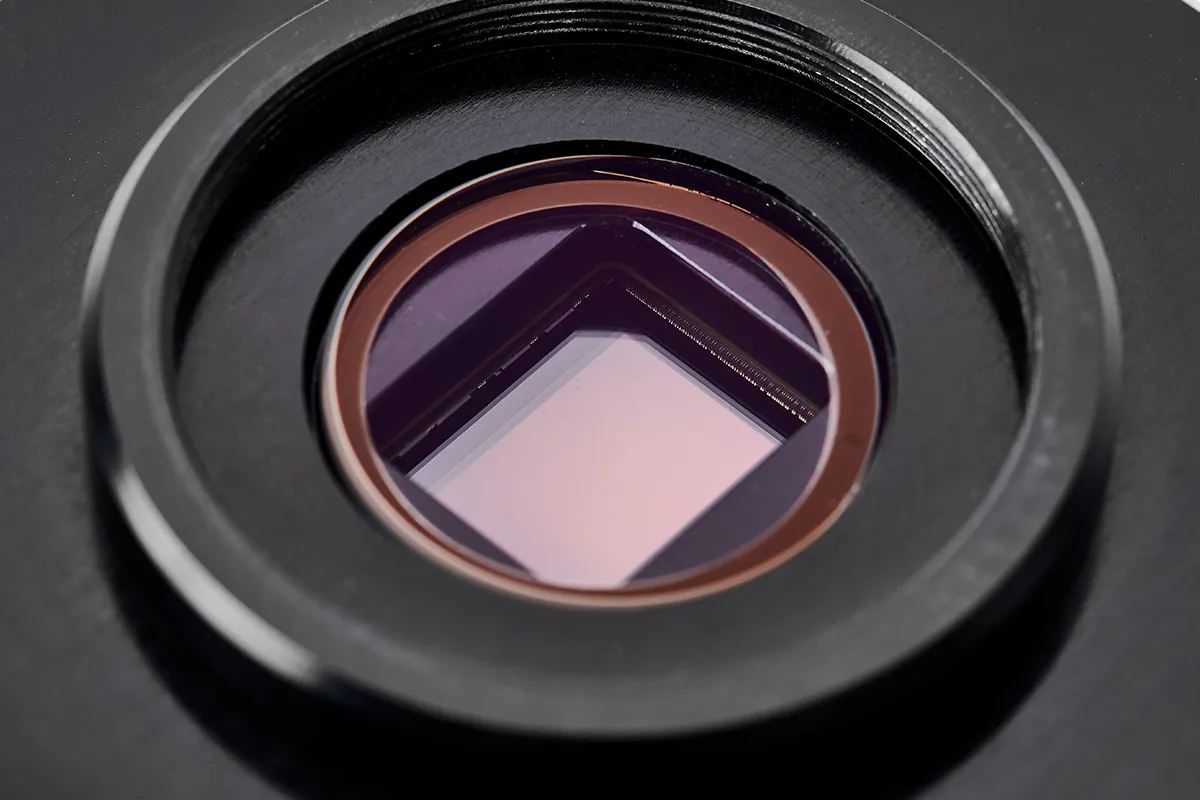
The core of M31 was not blown out, which preserved detail, while the fainter, more subtle dusty areas were nicely revealed.
We were pleased to see that amp glow is minimal in the ACIS 7.1, and once correctly matched dark frames were applied to our stacked images, there was no trace of amp glow artefacts.
Moving on to the Merope Nebula in M45, it allowed us a chance to see how the camera handles bright stars against faint reflection nebulosity.
Once again the results were very pleasing, with lots of detail in the intricate dust patterns and good control of the bright stars.
For a narrowband target we chose the Horsehead Nebula and used an Ha (Hydrogen-alpha) filter.
The results from a series of five-minute exposures in ‘High’ gain mode were also very impressive and demonstrated the ability of the camera to capture quality photographs of pretty much anything, from very bright to extremely faint.
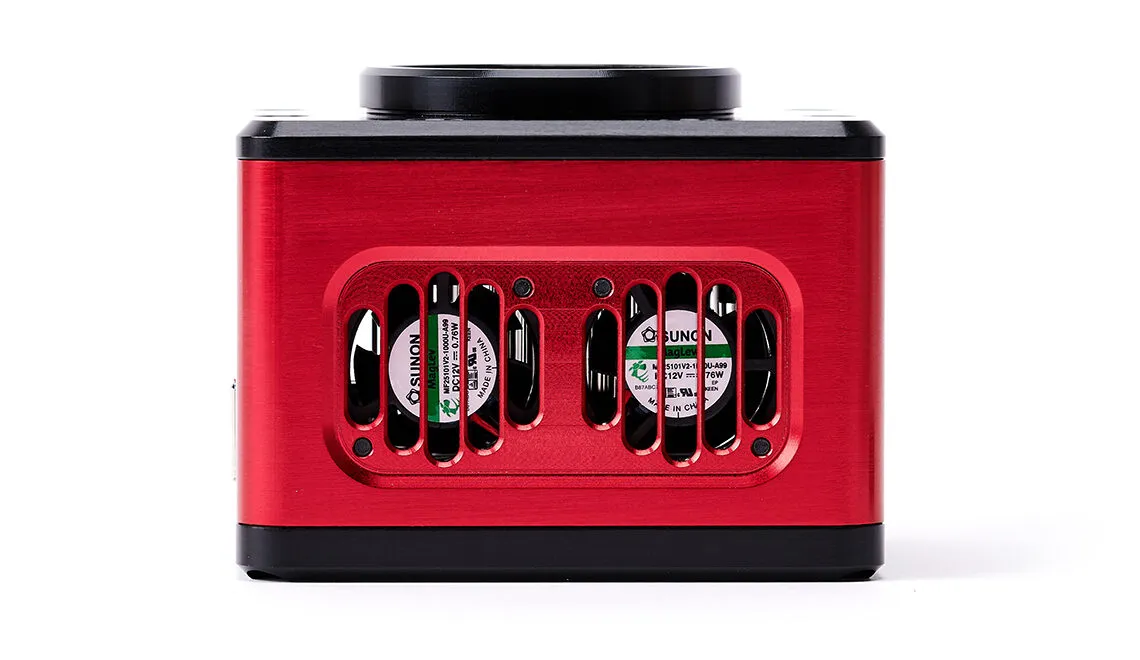
The Atik 7.1 is a well made, high-performing CMOS camera that will appeal to deep-sky and Solar System astrophotographers alike.
As CMOS technology progresses, we are starting to see cameras that can rival, and in some cases surpass the abilities of their CCD-sensor forerunners, especially as regards sensitivity.
The Sony IMX428 sensor used in the ACIS 7.1 has a low dark current, keeping fixed pattern noise to a minimum, which reduces unwanted artefacts.
Unlike CCD-based cameras, CMOS sensors are generally affected by what is often referred to as ‘amp glow’, a dated and technically incorrect term that describes the various glow artefacts that can appear on the edges of images.
Atik has used an onboard 256Mb DDR3 memory buffer to minimise these electronic artefacts, which you’ll see as a diffuse soft glow.
This unavoidable glow, along with the fixed pattern noise is easily removed by applying dark frames taken at a matching temperature to the main exposures.
For those who enjoy the technical details, the camera has a 12-bit ADC (analogue-to-digital converter), a pixel size of 4.5μm x 4.5μm, a well depth of 20,000e- mapped to a pixel value of 65,535 and a low readout noise of 3e- at low gain.
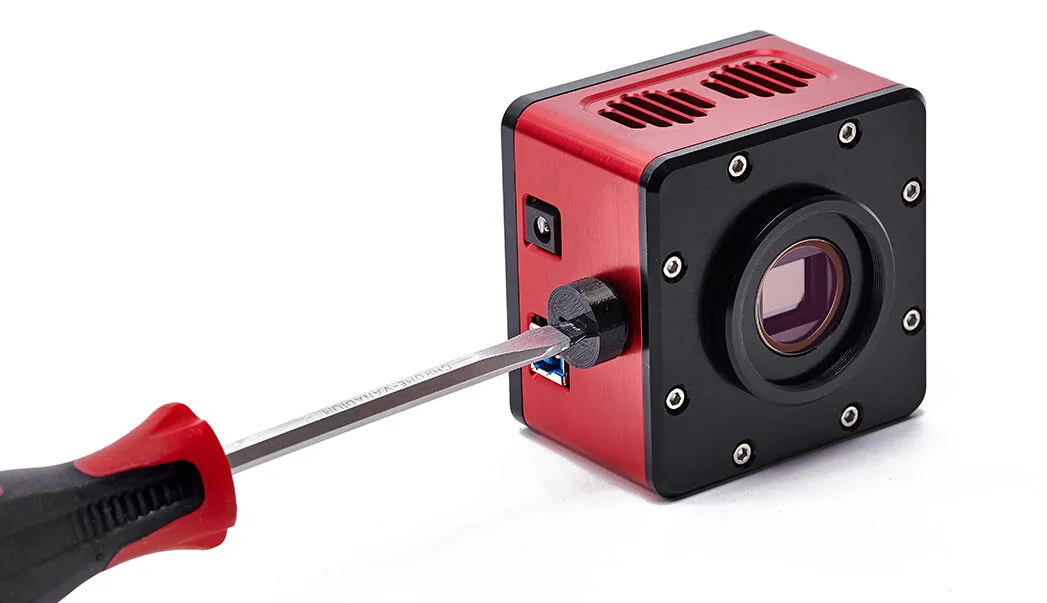
Atik ACIS 7.1 CMOS outstanding features
Build quality
The body of the camera measures 82mm x 82mm x 64mm and is exquisitely machined and finished with Atik’s trademark red anodising. The optical window is quartz, with anti-reflection coatings on both sides. The cap over the optical window is aluminium and it screws safely into the M42 x 0.75mm thread.
Cooling system
The electronic cooling system uses two quiet fans to pull air through the camera, across the heat sink, and out the other side. Cooling to –35° below the ambient temperature is achievable, making it easy to take temperature-matched exposures, night or day.
Desiccant port
Cooled astronomy cameras in moist atmospheres can be prone to developing dew inside the camera housing, especially on the inside of the optical window, which is a real nuisance. This is solved with a rechargeable and replaceable desiccant tablet that’s housed within the casing, which can be removed with a screwdriver and the included tool.
Connectivity
While you can use the USB 3.0 connection for fast data transfers over the supplied good quality USB 3.0 cable, the camera can also be used with a USB 2.0 cable if needed. This allows users to take advantage of existing cable runs in observatories, or longer cable connections than allowed by USB 3.0.
Three power modes
The ACIS 7.1 offers three power modes – ‘PowerSave’, ‘Normal’, and ‘Fast’. In ‘PowerSave’ mode, minimal electronics are used during image capture to allow the highest quality images to be taken, while ‘Fast’ mode makes best use of the onboard DDR3 memory buffer for planetary or lunar imaging applications.
Vital stats
- Price €2,145
- Sensor Sony IMX428 monochrome
- Sensor size 3,208 x 2,200 pixels
- Pixel size 4.5µm x 4.5µm
- Power 12V DC, 2.5A (not supplied)
- Size 82mm x 82mm x 64mm
- Weight 0.53kg
- Supplier Rother Valley Optics Ltd
- Tel 01603 740397
- www.atik-cameras.com
This review originally appeared in the February 2021 issue of BBC Sky at Night Magazine.
